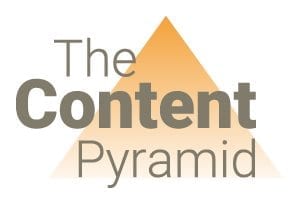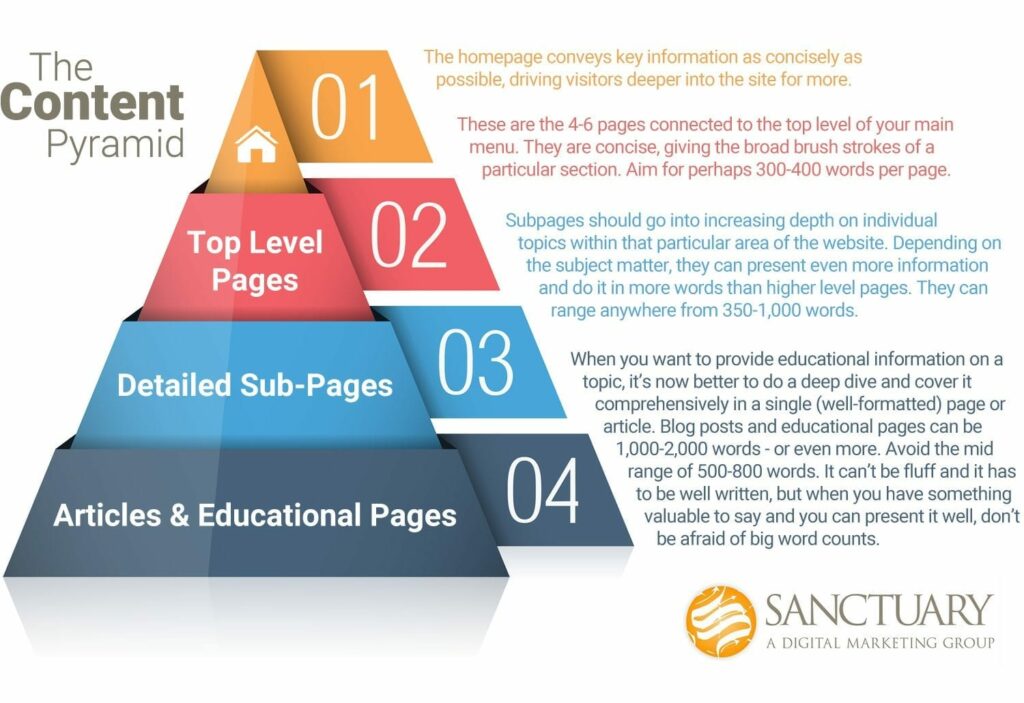

I recently had the pleasure of speaking to a group of publishers at a seminar in Orlando on various digital marketing topics. One of the sessions I facilitated was an open discussion on “riding the jump to mobile” in which we discussed how mobile, especially in that particular industry, is really driving the approach to how we plan and present websites. One of the participants asked a great question; one that we hear frequently from the businesses with whom we work:
“People keep telling me that pages need to have less and less copy, especially for mobile users. Is that right?”
The answer? Sometimes – but not always!
It’s a commonly perpetuated myth that users don’t want to read; that all website pages should be short and visual with little copy. Instead, we are finding that website visitors will consistently spend a good deal of time reading long and in-depth articles if the topic interests them or meets a specific need. Long-form content, or articles over 1,000 words, are making a strong comeback – largely as a result of the mobile explosion. Users no longer prefer to click around to other pages or navigate through a series; they want to get all the information available with one click.
Not all of your website copy should be treated the same. Here’s a glimpse into how to take a strategic approach to planning your website copy.
Strategic Approach to Planning Website Content
A helpful picture for planning your website content is to think of it as a pyramid. At the top you have the least amount of information, as you go down a level it grows, and at the bottom it is most expansive.
The key approach to remember here is that you provide bite-sized chunks on the main pages of your website – a sampling of what is available and important – and use it to entice readers further into the site. The deeper you go, the more specific detail and in-depth information you give on individual topics. And if you have plenty to say that is valuable to a customer, don’t be afraid to use as many words as are necessary to do it as you get deeper into the site.
These high quality, descriptive, detailed, deep pages are great for searchers who have specific questions and often want to learn all they can – without having to make a phone call.
Best Practices for All Website Pages
No matter the approach, poorly written or formatted copy will kill a visit no matter how few or many words it contains. Here are three best practices you need to keep in mind that apply to all the pages of your site.
Pages Should be 250 Words Minimum
When it comes to developing best practices for copy and search optimization, what Google says is generally what goes. And for good reasons: Google owns the search market, and in the vast majority of cases the largest single source of traffic to your website is Google.
Google is clear that each page of your website should have a minimum of 250 words of unique copy (so not counting header, footer, or sidebar material). If it doesn’t make that minimum, it will be held back in the search results.
Format for Readability
HTML markup such as headers and subheaders are critical for search engine optimization and for your readers. Using shorter sentences, paragraphs of alternating length, and good organization and formatting makes your content easy to scan and enjoyable to read. Make good use of:
- An engaging page title (be descriptive and convey action)
- Headers and subheaders
- Bullet and/or number points for lists
- Link to other pages on your site when you mention topics that are covered in more depth elsewhere
- Bold sentences that convey key ideas
- End with a specific call to action related to the page’s topic
Good formatting is key on short pages and long-form articles alike. Need an example? Follow how this post is formatted!
Write Quality
Every page of your website should be well-written, unique, and convey important information, key messaging points, benefits and differentiators, calls to action and your unique personality. Cookie-cutter or typo-ridden pages waste your time and your visitor’s time. And ultimately they drive potential customers away.
Great Copy is Strategy, Not Just Writing
Website content that converts visitors into customers requires strategy, not just well-written copy. And it certainly requires more than simply copying and pasting from a brochure or other materials.
Want to get started with a strategic plan for how you write and present your business through website content?
Contact Sanctuary Marketing Group today for a free assessment. Our team of strategists and writers will help you develop a content plan that grows your business.
Most Popular Articles

Seeing Favicons in Your Google Search Results? Here’s Why…
Have you noticed anything different in your Google Search results lately? Google added tiny favicon icons to its organic search results in January. It was…

Business Growth and Digital Marketing News & Tips 3-28-24
With the desire for precise measurement tools to determine ROI, there has been a rise in attention metrics. These metrics, which often utilize eye-tracking data,…

Business Growth and Digital Marketing News & Tips 4-14-24
Did you know? It’s five to twenty-five times more expensive to acquire a new customer than to retain an existing one. Increasing customer retention by…









